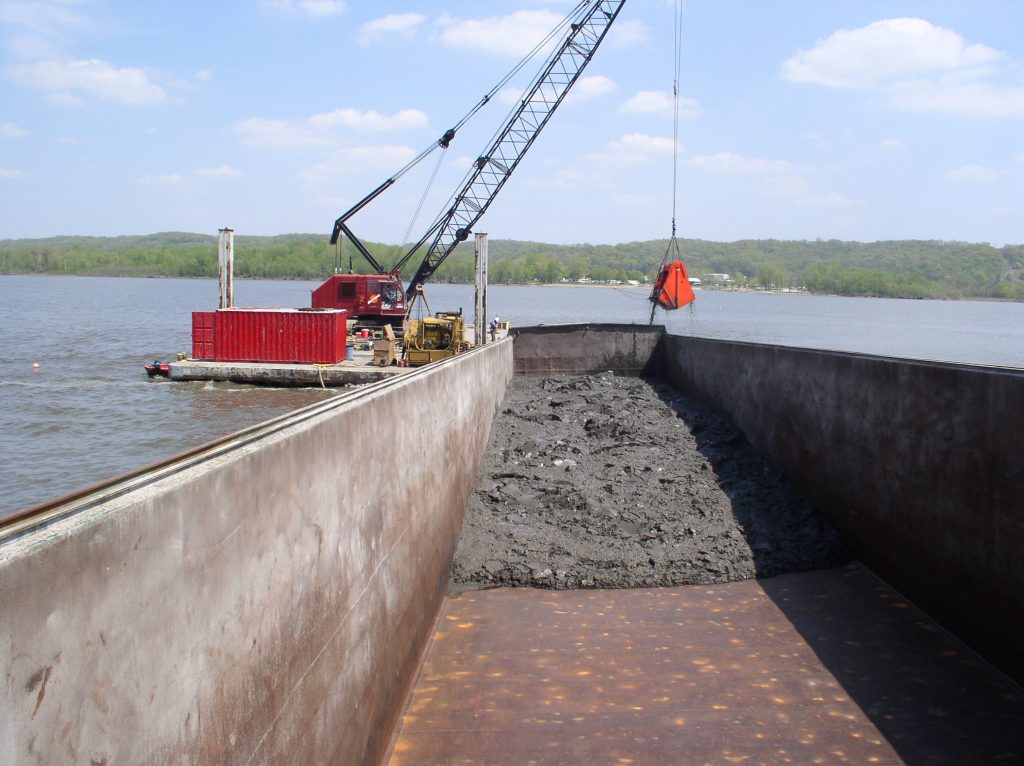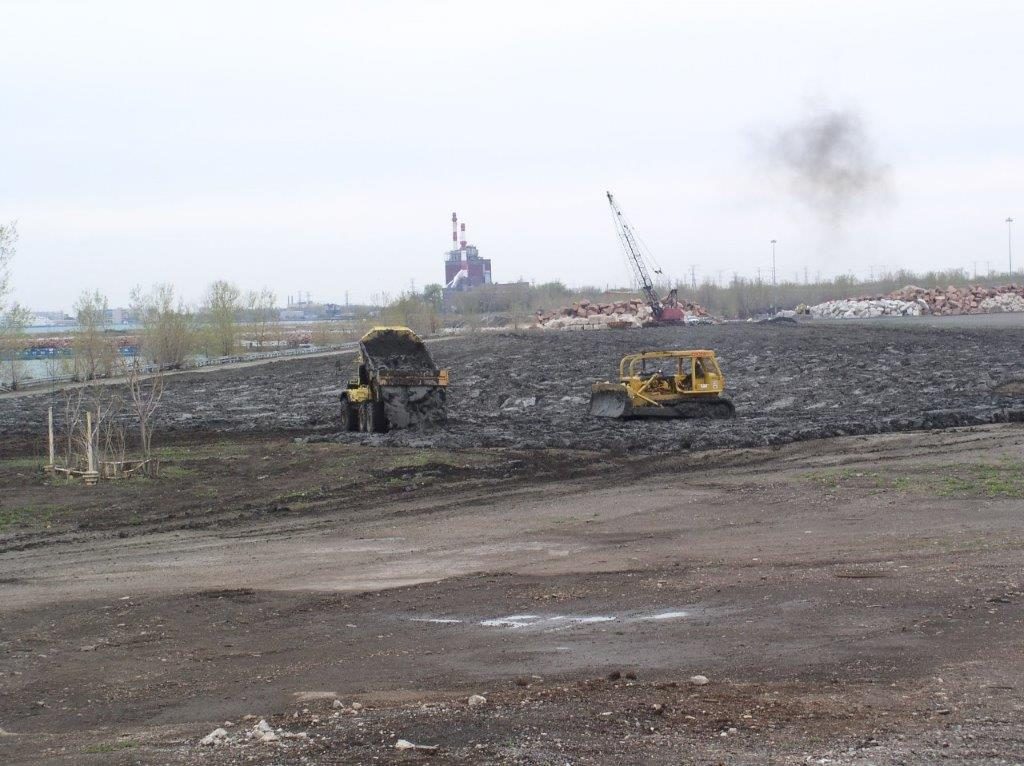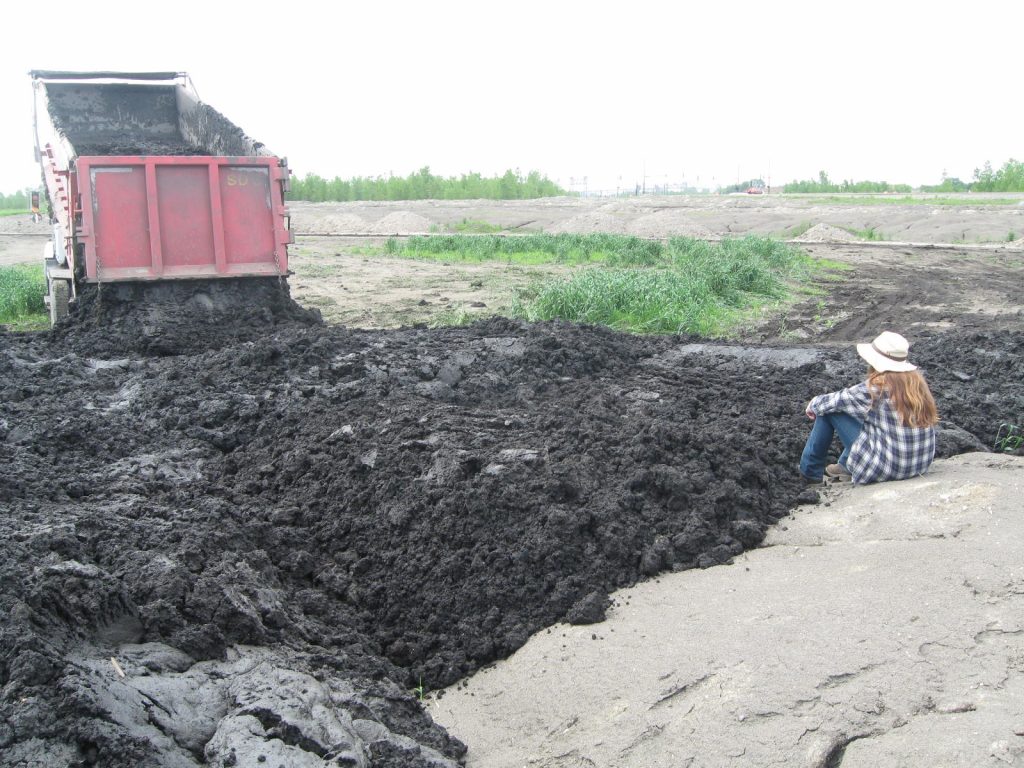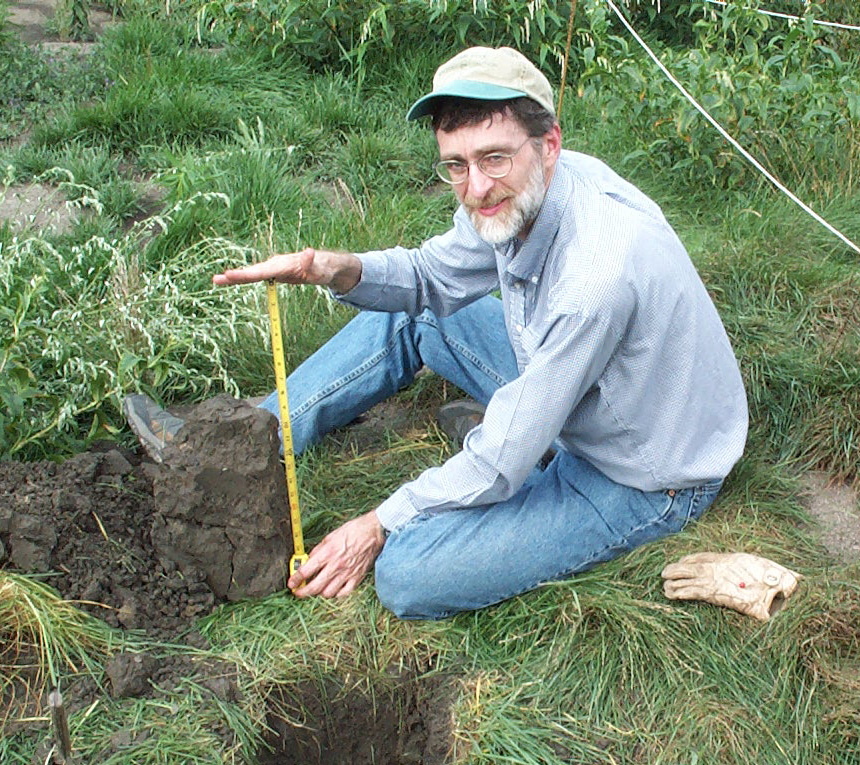This is the first post in ISTC Impact, an occasional series highlighting the effect of some of ISTC’s long-running projects on the environment and economy of the state, region, and nation.
With one fresh idea and buy-in from state politicians and organizations, researchers in the Illinois Sustainable Technology Center (ISTC) found a way to address the growing river sedimentation problem in Illinois, while also restoring waterways and habitat and moving healthy topsoil into cities.
The ISTC Mud to Parks project developed a blueprint for successfully recapturing one of Illinois’ finest resources: its soil.
“Soil is more valuable than oil,” said John Marlin, ISTC research affiliate, who originated the Mud to Parks idea and directed the project. “Yet we are treating soil today like it’s an unlimited resource, even as it erodes away.”


Soil from rural and urban areas washes into rivers and accumulates in backwaters and behind dams. Water levels in backwaters and side channels are becoming shallower as habitats deteriorate and areas can no longer be used for transportation and recreation. In the Illinois River’s Peoria Lake, levels have declined from 6 to 8 feet in the 1960s to 2 feet in recent years.
ISTC initiated a pilot project in 2004 after Marlin considered the sediment problem in Peoria Lake. Sediment storage areas were scarce in Peoria, but the material could be deposited on a 500-acre U.S. Steel South Works redevelopment site to create a park.
“Engineers told me that it couldn’t be done,” Marlin said. “It would be too expensive to truck sediment 165 miles from Peoria to Chicago. It occurred to me that barges could be loaded directly from the lake, and using the river system, we could take the barges right to the site, which borders Lake Michigan.”


But first, many agencies and organizations had to come on board. At that time, Lt. Governor Pat Quinn coordinated their participation in an “unbelievable political operation,” Marlin said. Representatives and senators from the Democratic and Republican parties supported the project, along with the Illinois Department of Natural Resources, U.S. Army Corps of Engineers, ISTC, the Illinois State Water Survey, the City of Chicago, the Chicago Park District, the City of East Peoria, and others.
Barges transported more than 80 loads of sediment to the Chicago site that summer. Once the sediment was removed from the barges, it was spread by bulldozer over 15 acres “like icing on a cake,” Marlin said. Over the winter, the sediment weathered to become loose soil, and eventually was used to plant grass, prairie vegetation and trees.
Two of the biggest advantages of the Mud to Parks initiative are the ability to help restore the aquatic habitat in Peoria Lake and to reclaim the sediment for use at restoration and construction sites. This prevents native soil from being taken from farmland and suburban developments for new projects.
“This project provided a way to take Illinois soil that was washed off the land through erosion and reuse the soil by putting it back on the land,” Marlin said. “Once the sediment is washed into the Gulf of Mexico, it’s gone.”


The process that was developed through the Mud to Parks project proved to be successful, but also difficult to continue. There needs to be a dredging project at one end of the journey and both an operation and a space to place and reuse the sediment at the other end. If commercial operations coordinated efforts to transport the sediment using barges and stockpile and dry the sediment-derived topsoil, they could mix in biosolids or compost for added nutrients if desired, then sell the topsoil at a profit, particularly in Chicago and St. Louis, where topsoil is expensive.
Mud to Parks project details are available in the ISTC Technical Report 068, Beneficial Use of Illinois River for Agricultural and Landscaping Applications and on the ISTC web site.

